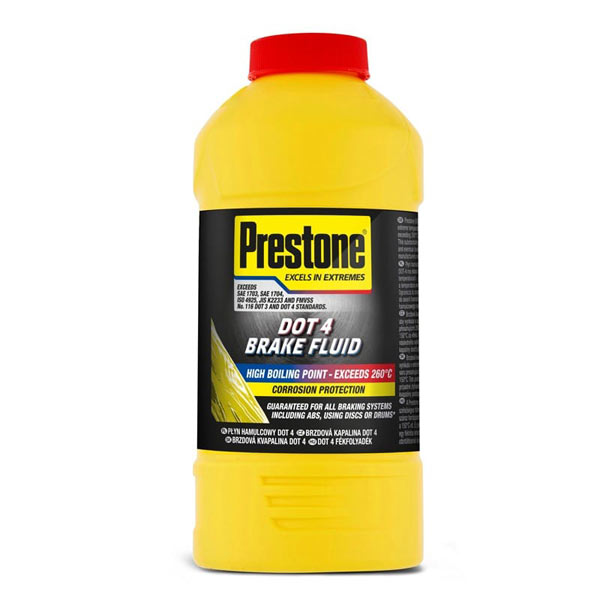Changing your brake fluid is a simple, effective, and affordable way to ensure your brakes are working at an optimum level. In this guide, we explain everything you need to know about topping up your brake fluid and how your car can benefit from doing so.
Interested in changing your brake fluid? At Euro Car Parts, you’ll find a wide range of industry-leading brake fluids designed to keep your car brakes maintained all-year round.
What Does Brake Fluid Do?
Brake fluid, also known as hydraulic fluid, allows force to be applied to the brakes without damaging any of the braking system’s components. This enables your vehicle to slow down and eventually come to a halt.
How To Top Up and Change Brake Fluid By Yourself
- Wipe clean the master cylinder with brake cleaner spray. This is to remove any dirt or debris that has built up from the engine over the years. This also allows you to see the fresh fluid inside once you’ve topped it up.
- Now you need to extract the old fluid from your car. You can do this by using a syringe extractor or turkey baster. Make sure you have a spare canister at hand to contain the excess oil.
- Once you’ve taken out the old fluid, you can fill the cylinder with the new, fresh fluid. Most cars use DOT 4 or DOT 5.1, as they don’t absorb too much moisture and ruin your car’s exterior. Brake fluid is classified according to its boiling point, with both DOT 4 and DOT 5.1 demonstrating high boiling points.
- Your brake fluid is now changed. That said, most experts suggest bleeding your car’s brakes afterwards. This is to ensure there are no air bubbles trapped inside your braking system.
How Often Should Brake Fluid Be Changed?
Most car experts agree that brake fluid should be changed at least every two years or 30,000 miles. If it’s left too late, then the water content is likely to be too high and could result in corrosion or rust. Unfortunately, structural damage to the braking system is costly, which is why brake fluid flushes are recommended.
How Much Brake Fluid Do I Need?
Generally speaking, cars take around 32 ounces or 950ml of brake fluid. However, if you’re unsure or need further advice, consult a local mechanic.
Thanks to our dedicated Find Car Parts tool, you can simply enter your car’s registration and we’ll find the brake fluid or car parts that are suitable for your vehicle.




